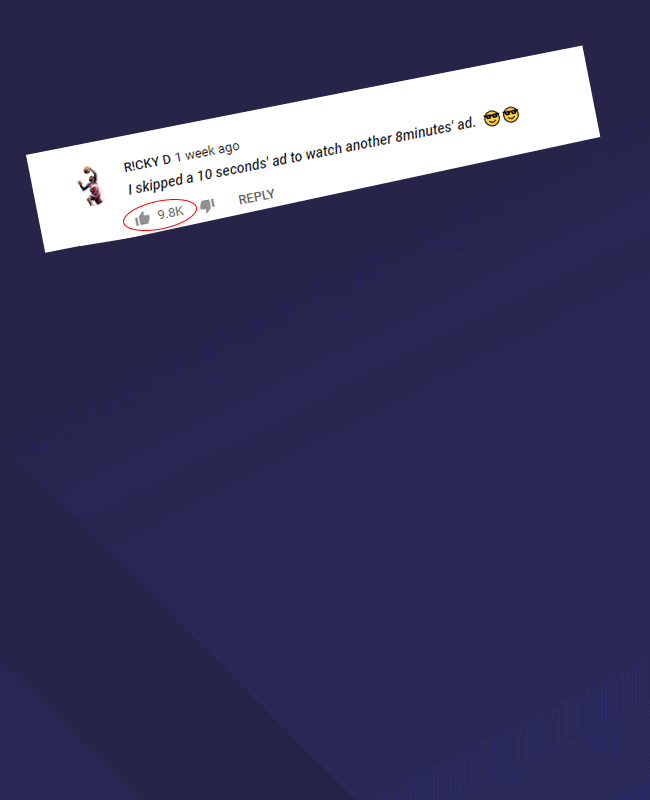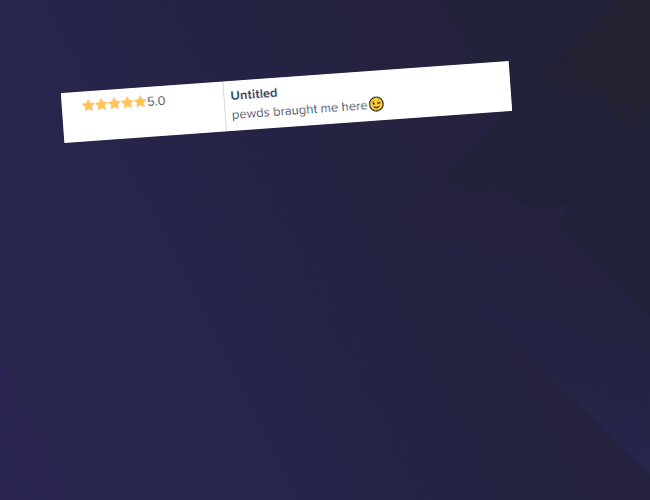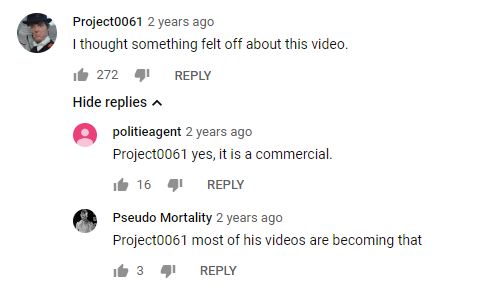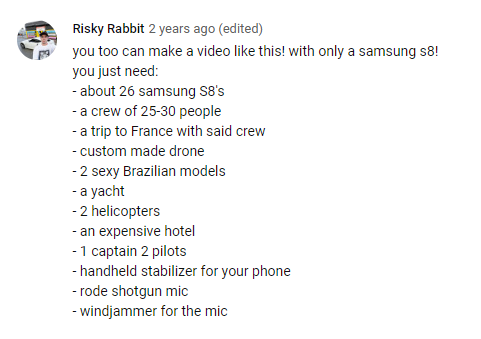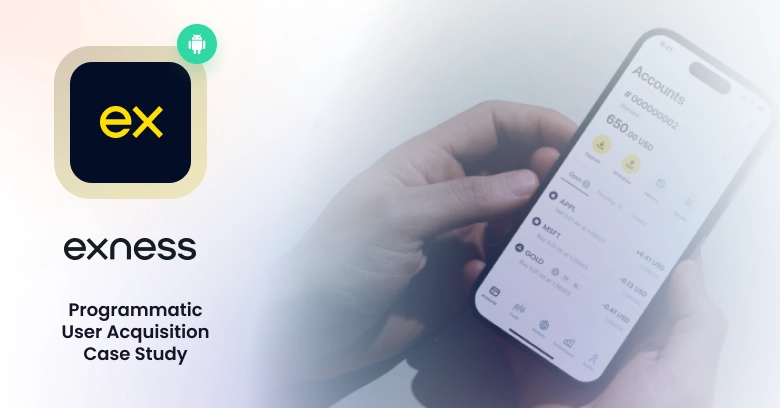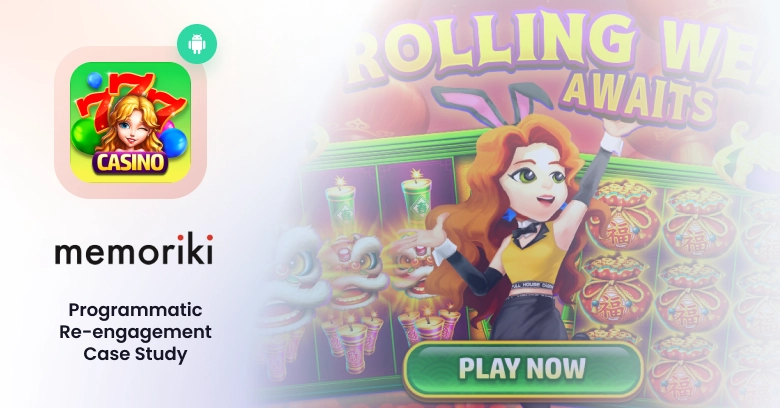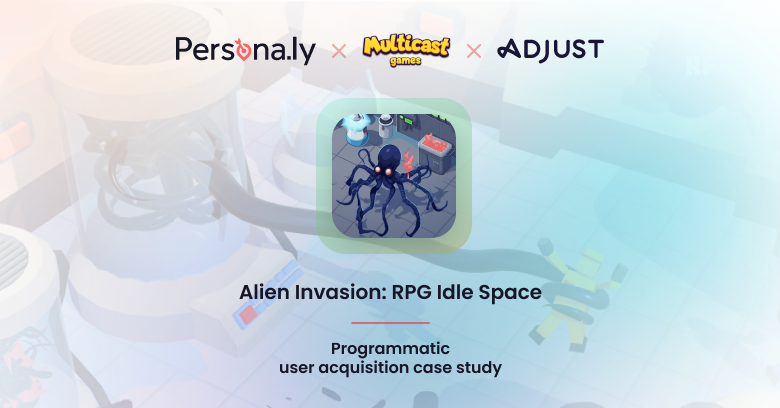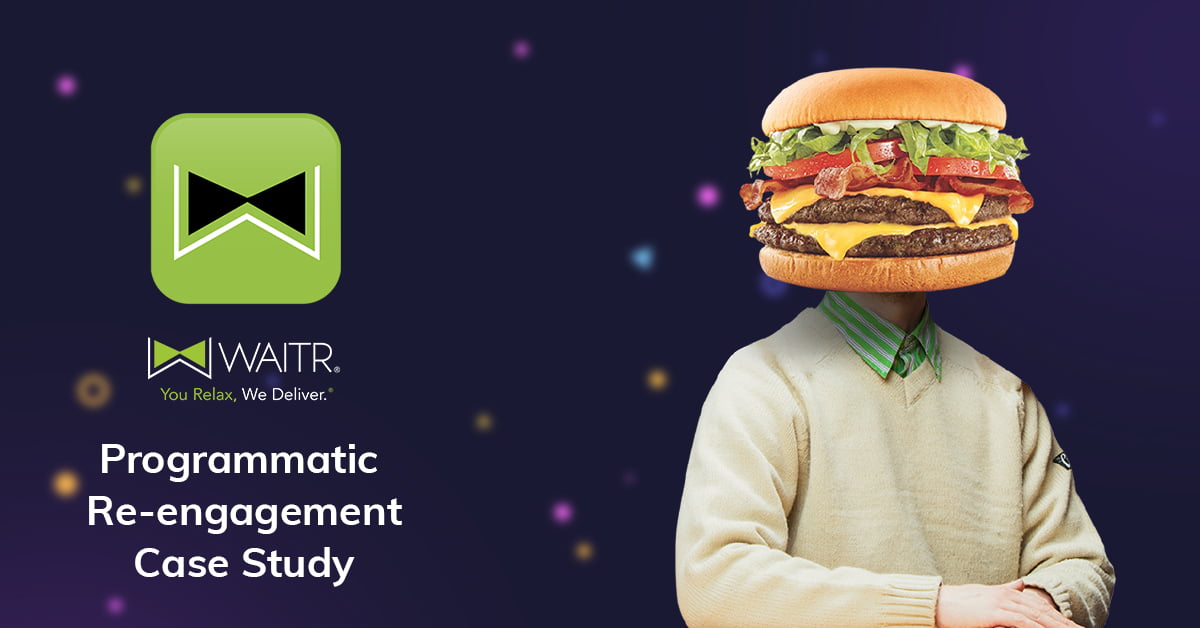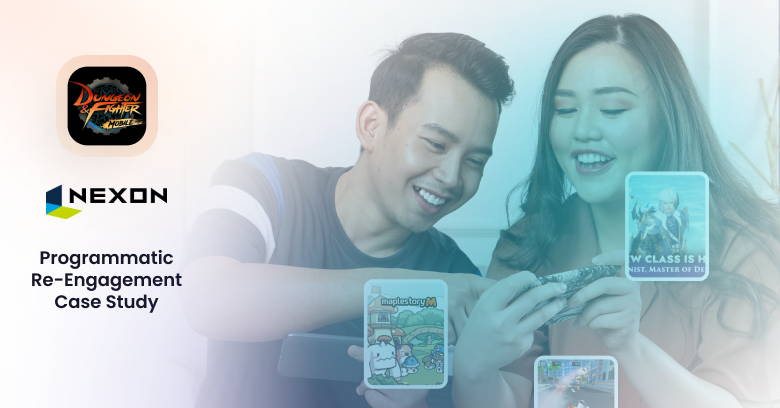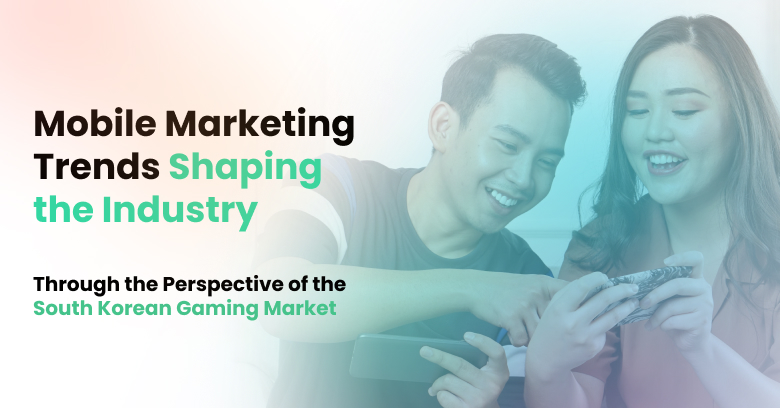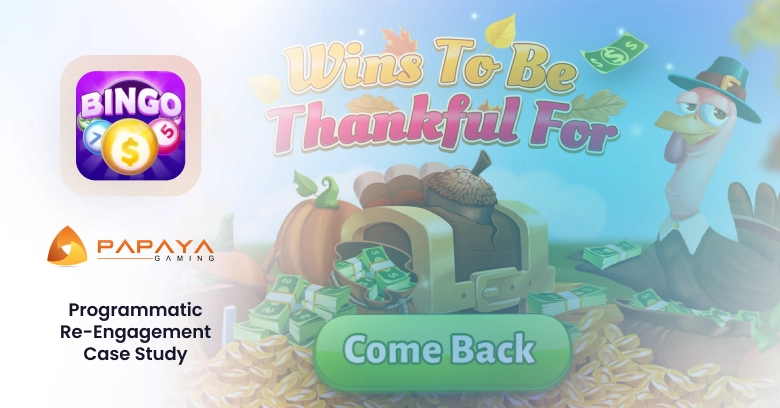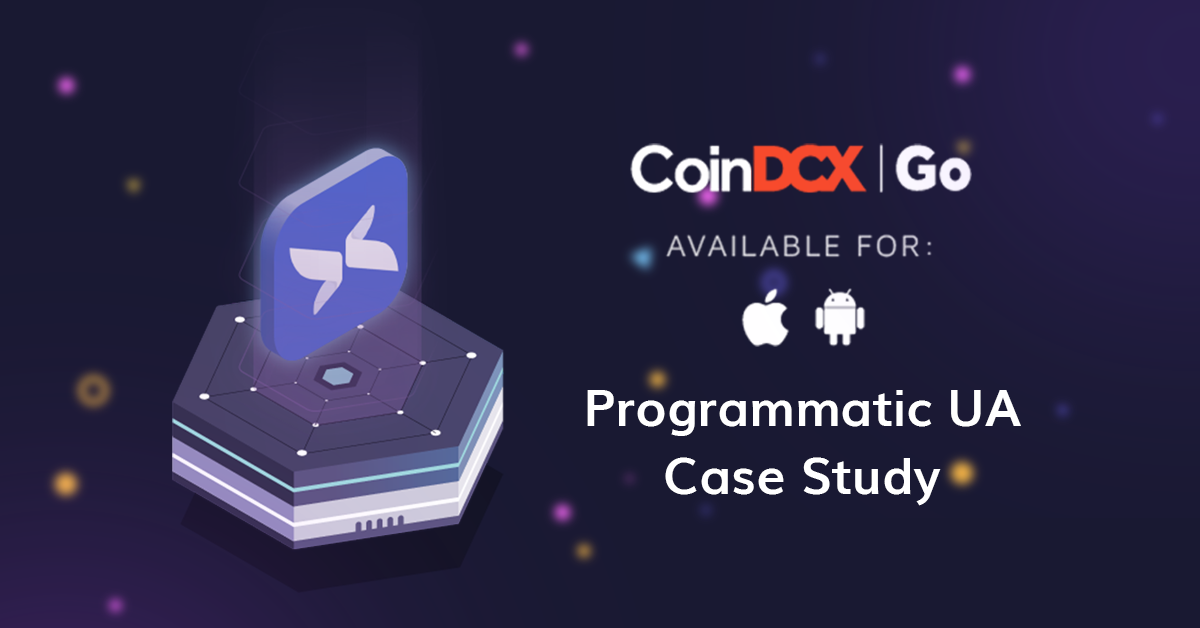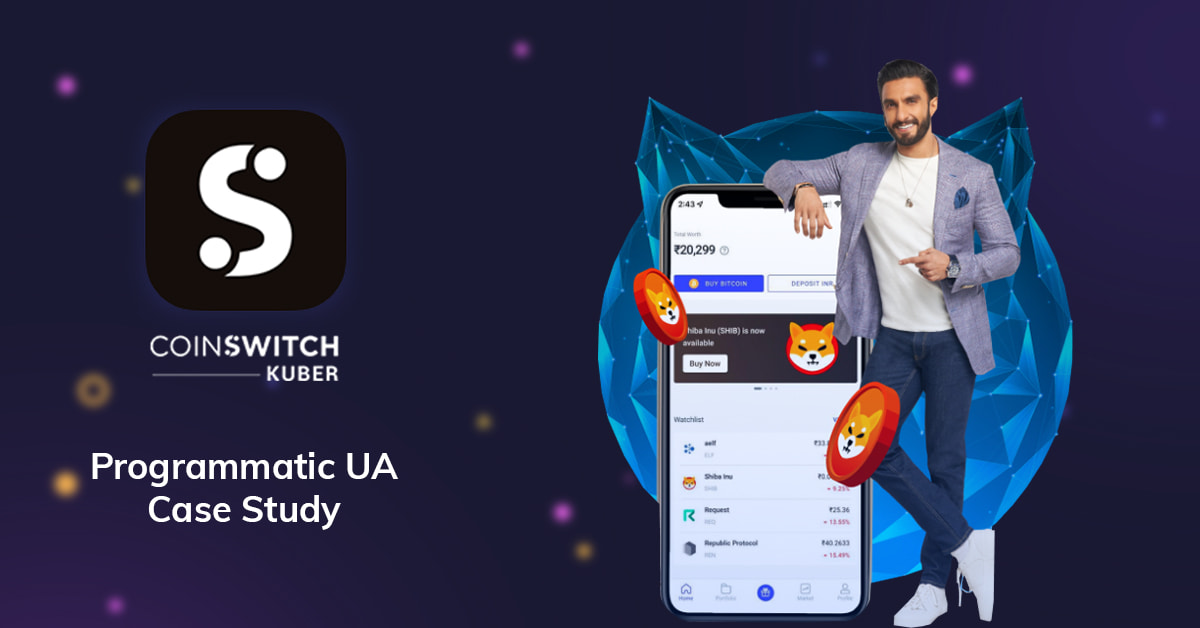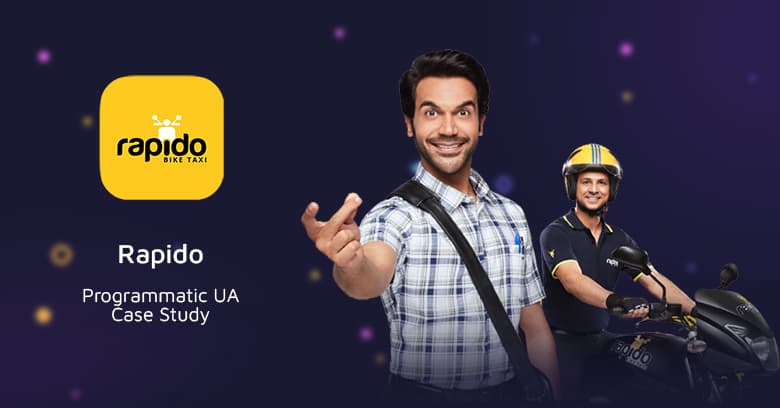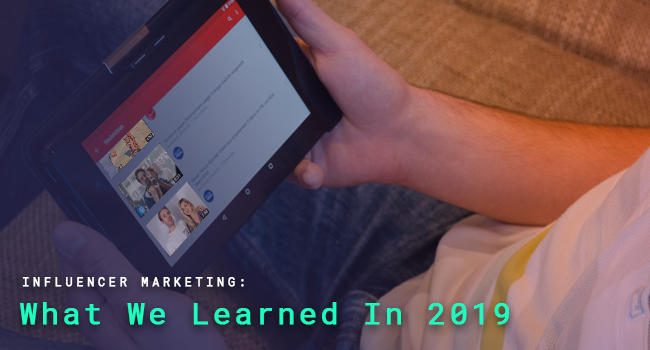
Influencer Marketing – What We Learned in 2019
Last year we wrote a post about influencer marketing, and we specifically looked at PewDiePie’s campaign for Cheetah’s Mobile game “Dancing Line”, since it was a campaign that influenced us as viewers. So this year, when PewDiePie promoted another mobile app with a similar video, we decided to go back and see how well it performed, and from it try to cover how Influencer Marketing changed in the past year.
Returning Success
Even though PewDiePie and his content are often criticized, he manages to remain the #2 channel on YouTube (subscribers-wise), second only to T-Series, which is essentially India’s VEVO, which isn’t something any individual creator could actually compete with in the long run.
His audience has formed a strong and active community around his channel. So when he brought back his fiancé to play another casual mobile game (this time it was Habby’s Archhero) the audience’s responses were widely positive and accepting of the video, with over 406k upvotes (vs. 21k downvotes) and over 6 million views (as of July 8th).
When you go through the comments section you can see a generally positive attitude towards the video, with jokes about skipping the pre-roll 30 seconds ad to watch an 8 minutes ad, which shows that PewDiePie’s followers actually accept, not to mention enjoy, this format.
We wanted to compare it to last year’s performance, but looking at the numbers this year posed a challenge, since alongside PewDiePie’s influencer marketing campaign there were other campaigns running for this app, so there was a general rise in installs and app rank, but we could still see his influence through an increase in reviews for the app (his community can be identified through the use of a particular lingo and inside jokes) and through the massive rise in ratings, downloads and reviews in the days following the video (again, we can’t attribute it exclusively to him, but his community’s presence there is undebatable).
Influencer Marketing on the Rise
Influencer marketing became a staple when it comes to online marketing, with Instagram becoming the leading app where it’s conducted. We can see the growth through the rise in the number of influencer marketing-focused agencies:
“Back in 2015, there were just 190 influencer platforms and agencies. This grew to 335 in 2016, 420 in 2017, and 740 in 2018 – more than twice the number that existed just two years previously”
InfluencerMarketingHub
This rise signifies that there’s an increase in marketing budgets dedicated to influencer marketing, that it’s becoming a central marketing tool, and how the expectations from an influencer might be shifting from branding towards performance.
Doing it right
We discussed some of these factors in our last post on the subject, but there was still much to learn on how to run a successful influencer marketing campaign during the past year.
Influencers don’t always succeed in influencing and can often cause damage to themselves or the brand they represent. One of the basics for a successful influencer campaign is trust – for a campaign to work, an influencer needs to gain their audience’s trust – they have to diffuse the situation and set their audience expectations straight – making sure they know it’s an ad, and ideally, make it so they actually enjoy it
Gaining Trust
There are different ways to gain the audience’s trust and a great example is what Casey Neistat did, back in 2012, when he made a commercial for Nike. Neinstat started the video by declaring that this is a commercial and continued by telling his audience how he basically used all of Nike’s budget to travel around the world with his friend – he got the audience into the story and interested them in the commercial (they wanted to see what he did with the money), and this was, and up till this day, a great branding ad.
On the other hand, that same creator a few years later made the mistake of publishing a video without clarifying that it’s an ad and there was some backlash that not only caused him to later edit the description box accordingly, but he also added a comment in the comments section and went through the comments and deleted most of the negative comments.

So what happened? In 2017 he did a commercial for Samsung, but the video starts as a sort of a summer fantasy video, where he realizes his teenage dreams of spending the day in a fancy hotel, ordering room service, driving a fancy car, and picking up hot girls in bikinis, going to the beach, taking a yacht and ending the day with a crazy party, as you do in your fantasies. Only at the end of the 5 minutes video, there’s a slide saying that it was all shot on a Samsung 8, making you realize you’ve been watching a really long commercial.
On top of the backlash from people who felt schemed, because they didn’t know they were watching a commercial, there were others that criticized the product itself, claiming that it’s easy to say it was all shot on a phone’s camera when you have a professional crew, a lot of phones, a crane and these amazing locations at your disposal.
The audience felt deceived on several levels – firstly because they didn’t know that it was a commercial, secondly because they didn’t “buy” that this is the actual quality of the product, and thirdly because of the content – they know this doesn’t represent Neistat’s life, his wife is not present and instead there are these two models in a bikini presenting a fantasy. He went from making fun of the big corporate to making fun of his audience and they did not like it. Even though he has an impressive following and a community around him, with this campaign he lost their trust and hopefully learned an important lesson.
Maintaining Transparency
Another influencer that had to learn a lesson was Gal Gadot. She did a commercial for Huawei, and to her defense, this is more of a classic commercial where she’s their presenter and not what is commonly known today as a paid partnership, but she did share it on her personal twitter account, she just mistakenly posted it with a “via Twitter for iPhone” mark (a competing product). This mishap was then shared by YouTube tech personality Marques Brownlee and immediately gained popularity, resulting in the deletion of Gadot’s original tweet.
Gadot did what she could and claimed that the commercial was tweeted by someone else on her team. Whether or not that’s true (it’s very likely someone on her team posted it, but it’s also very likely that she herself uses an iPhone) it’s unconvincing to an audience when even the person that advertises the product doesn’t use it.
The case of Gadot sits somewhere between a celebrity endorsement and influencer marketing – they did use her public image and matched the commercial to her character, she did share it on her twitter but it didn’t feel as personal as most influencer marketing campaigns feel, unlike most paid partnerships, it didn’t feel like she was involved beyond being a presenter.
“There is some overlap between celebrity endorsements and influencer marketing campaigns. But fans of influencers trust that their endorsement of a product or brand comes from a well-researched, more holistic place, rather than something as simple as a signed contract between a brand and a person of influence”
Karla Cook, Hubspot
This is one of the reasons Gadot’s mistake wasn’t costly, just a bit embarrassing, and she continued being Huawei’s presenter.
Knowing The Audience
Another point to consider when choosing an influencer for a campaign is making sure that the product matches the audience. This is probably one of the hardest things to do when it’s not a specifically themed audience (a niche audience), such as Lin Manuel Miranda’s. Miranda has around 2.8 million followers on Twitter, and he became famous for writing and starring in his musical Hamilton.
He’s constantly active on Twitter, and along with projects updates and good morning\good night greetings he tends to “advertise” causes that are important to him – they’re usually related to social justice with a focus on Puerto Rico, so when he first shared a paid partnership ad with American Express it caught me by surprise. Representing a big credit card company was not what I expected, but he made sure those commercials still represent his image and it worked.
This commercial is very intimate – it was shot in his house with his wife and dog, he went to visit his elementary school and met his friend at the barber’s, he played his own piano and was seen working with his musical partner Alex Lacamoire – those are all “characters” that anyone following him on Twitter knows and the message of the ad is “someone has your back”, implying that a credit card company is as reliable as your closest support system.
Another commercial he did with them explained his side of the story better (at least for me) – and that’s the Small Business Saturday where he encourages everyone to buy from a small local business (which is more of the image Miranda has online). So not only did he post this commercial, he actually shared on his Twitter account all the names and addresses of these businesses he, to his claim, regularly attends.
The comments section proves the power of Miranda to influence and how personal it felt to the audience:
For me, Miranda’s example is kind of the exception to the rule – it shouldn’t have worked but since he’s likable and he managed to maintain his public image in those ads (I’d be surprised if he wasn’t involved in the creative process), it worked. If they had placed him in a first-class flight and presented the company as luxurious, for example, it wouldn’t have worked. What these commercials did was use his connection with the audience on an emotional level rather than a materialistic level (it’s not that we all enjoy the same products, it’s that we relate to the story), and then it didn’t matter that it’s not a niche audience.
As implied from this Miranda story, I’m one of those fans who closely follow him on Twitter, dreaming of the day I’d actually see Hamilton live on stage and I appreciate how positively he’s using his ability to influence his audience, even though he chose to represent a credit card company (and yes, that ad definitely brought tears to my eyes).
Shifting to Performance-Based Campaigns
The most noticeable change happening in the last year, aside from the general increase in the number of influencer campaigns, is that the type of campaigns changed – we see much more performance-based campaigns and less branding (especially after the Fyre Festival disaster), but not all influencer campaigns are good, I’d actually argue most of them aren’t – even those that aren’t a disaster might not be good enough to influence an audience.
Some of the really bad ones were actually criticized by that same guy that initiated this post – PewDiePie. He made a video where he reviews some of the worst influencer campaigns. I do want to point out that these examples are quite extreme and I personally never actually encountered an influencer campaign that was as obvious as reading off a script, pretending to play a mobile game on a desktop or having the narration not match the image.
The point being – this is still a relatively new marketing field for all sides involved – brands, influencers and audiences, so all parties are still learning, trying out things, and reshaping marketing strategies. Even the definitions paid partnership vs sponsored post and influencer vs presenter are still being formed and redefined.
Marketers today have to make sure they are extremely careful when choosing an influencer and shaping their campaign, we urge marketers to locate and approach influencers directly and not through an influencers directory or platform. As we’ve mentioned previously, you want the audience to be relevant and the content to be good. Keep in mind that influencers’ audiences demand a campaign that’s relevant to them and feel more authentic than a commercial. Unlike a commercial, the emotional connection to influencers is bigger and so the disappointment or enthusiasm of them and the brands they represent can be much bigger and have a huge impact on both the product and the influencer.
